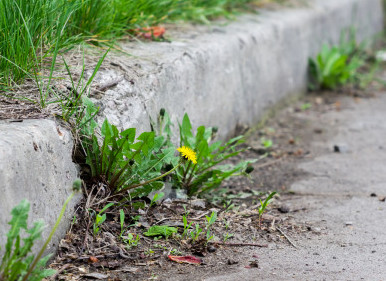Q: All of the magnolias in my yard have cottony white growths on a lot of the branches that seem to be dripping a liquid. I saw this on one tree last summer, but this year it is covering all of my magnolias. Is this a disease that will harm these trees?
A: What you are seeing are insects called the magnolia scale. You are seeing the female nymphs of these insects, which resulted from eggs produced and hatched last summer. The nymphs were hard to notice on branches while they were small and darker in color throughout the winter. These insects are now larger, lighter in color and covered in a white, waxy coating. These insects will soon become mature and lay eggs later this summer and the process will begin again on your magnolias.
Magnolia scale insects insert their piercing/sucking mouthparts into the branches to feed on plant sap. A large loss of sap from a heavy scale infestation can cause leaf yellowing and loss, branch dieback and canopy dieback.
The liquid that you are seeing is honeydew, a waste product excreted by these insects as they feed on the sap from the trees. Bees, flies, ants and other insects will eventually be attracted to the dripping honeydew.
Although an application of horticultural oil will kill the crawler stage of these scale insects soon after they hatch, it is difficult to time applications to make contact with this stage of the insects.
As an alternative, a single application of an insecticide containing imidacloprid (Merit) to the soil around the trees will kill these insects before they have a chance to overwinter as nymphs. Make this application in mid-September.
Q: The past few years my perennial beds have become infested with a yellow flowering weed early in the spring. What is this weed and how can I control it?
A: The weed is cressleaf groundsel, or butterweed (Packer’s glabella). This weed, which is in the Aster family, seems to have spread into Ohio landscapes from neighboring farm fields and other areas that aren’t mowed. The yellow flowers are striking, but the plant is prolific and its size can easily crowd out more desirable plants. It is a winter annual plant, which means that seeds germinate in the fall and the plant grows in the winter and then flowers in spring.
Seeds of this plant were likely blown into your landscape from nearby fields or perhaps spread by birds. The easiest way to manage this weed is to prevent it from going to seed by pulling it by hand or, if necessary, treating it with a contact herbicide containing glyphosate. Then on a warm day next winter, scout your beds for any young seedlings of this plant and pull them before they have a chance to develop.
Credit: www.dispatch.com

